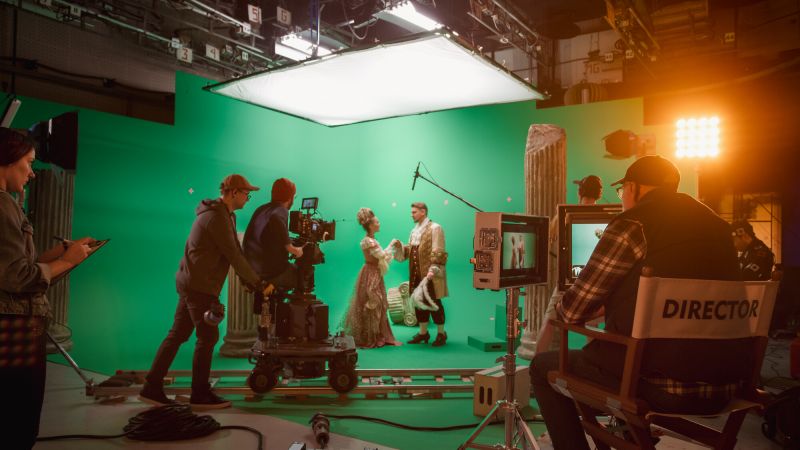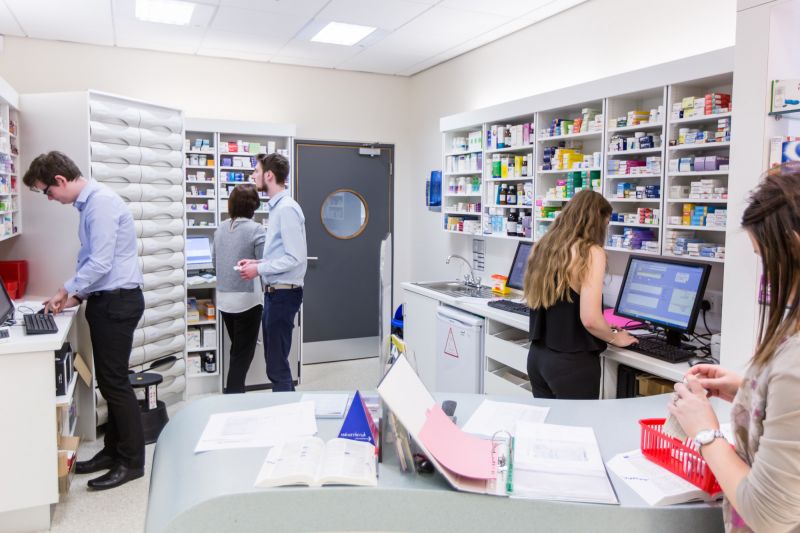Page content

- Ensure any directions for toilets includes the accessible provision and parenting rooms.
- If Changing Places toilets are available, provide separate signage.
- If several wheelchair users are in attendance at the event (and others with unseen disabilities) and there is only one accessible toilet, extra time may be needed for breaks.

There arrangements should be made in collaborations with the University's Health and Safety Services if using University premises.

Know where the nearest first aider is located and have a means to contact them, if required.

Typically if there are two British Sign Language (BSL) or two Irish Sign Language (ISL) interpreters they will rotate every 20 minutes or so. Usually, you will not need to stop the event for this - clarify before the event starts.

Always ensure hearing enhancement technology is switched on and working before the event starts.

People may rely on medication, food or support needs at certain times, so meetings that run over can cause distress. Check the contingency arrangements for extending the session, and always ask participants if the time between breaks extends beyond 5 to 10 minutes if they are happy to continue.

Everyone needs to be given the opportunity to participate and sometimes this takes longer, or less time, than expected. A timed agenda can help a chairperson to pull the situation back and readily see when things are slipping.

Some participants may dominate the conversation, but quieter members with a worthwhile contribution may need a specific window and invitation to feel comfortable to speak out. At the end of the event , always give options for feeding back at a later point, and provide a deadline for this, in case someone has not had a chance to speak or thinks of something later.
Source: Adapted from guidance by the Equality and Human Rights Commission
















